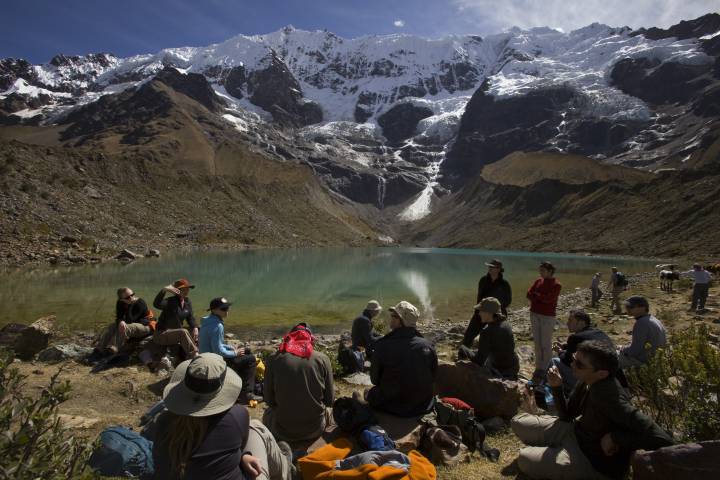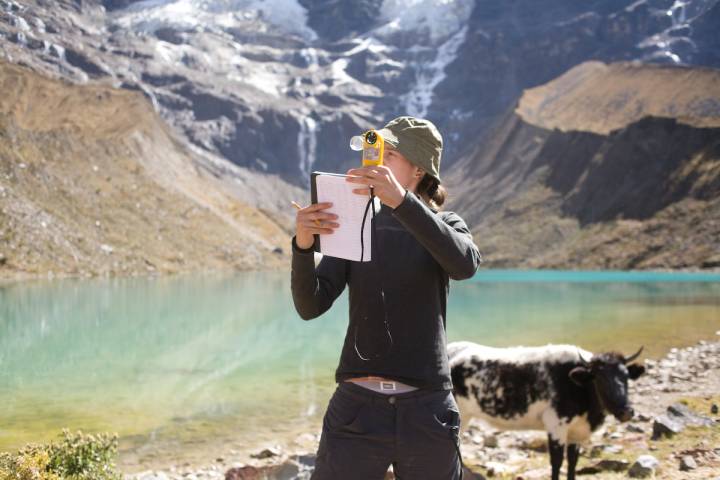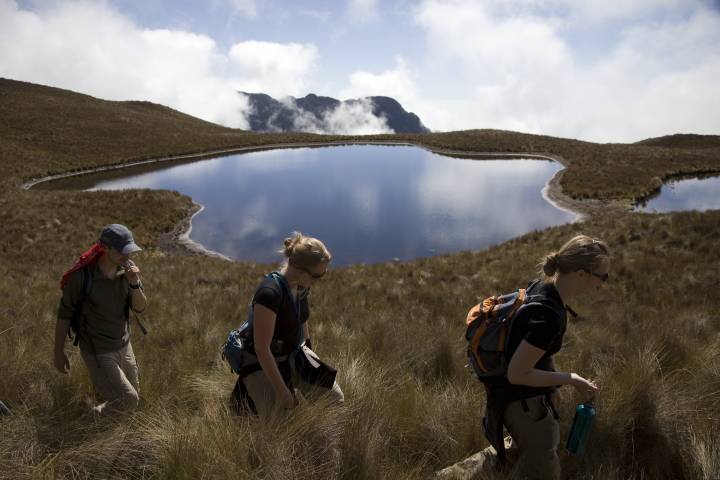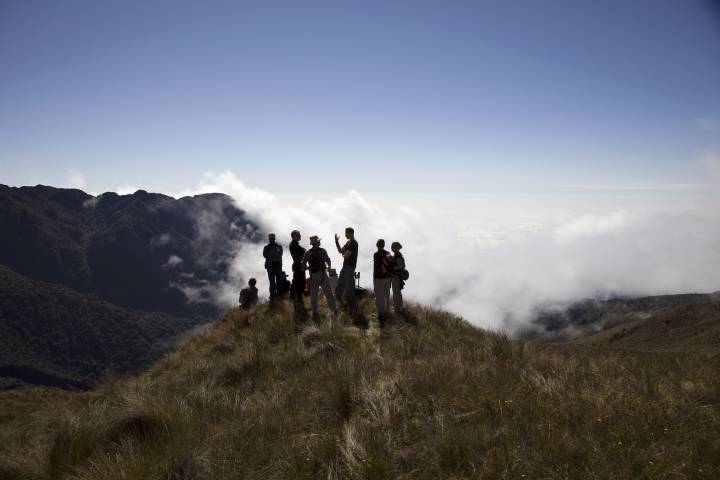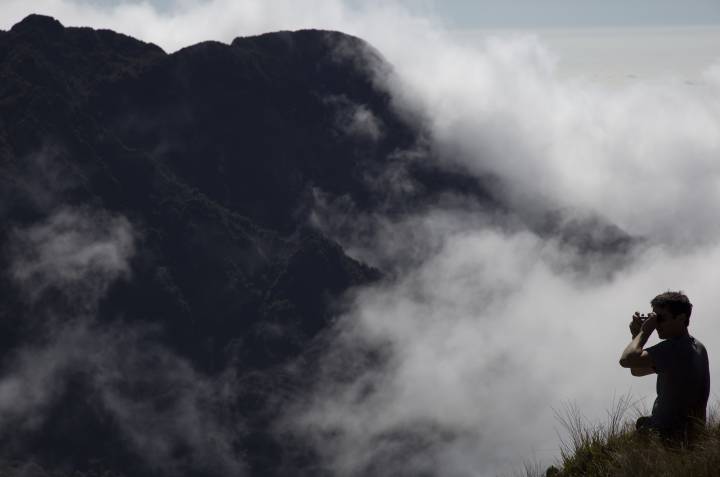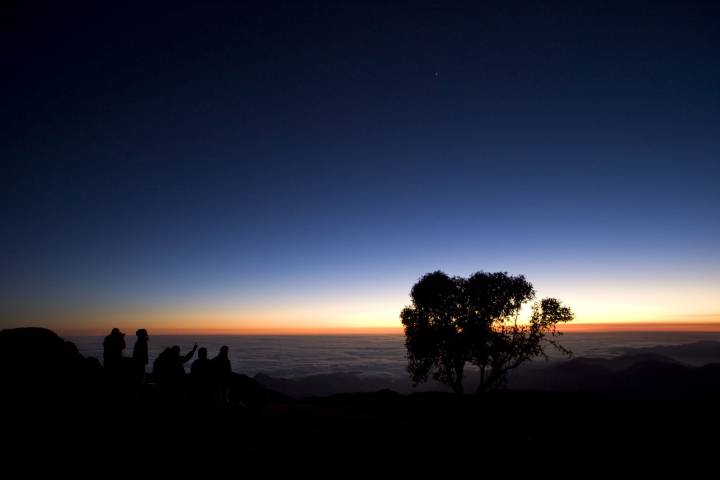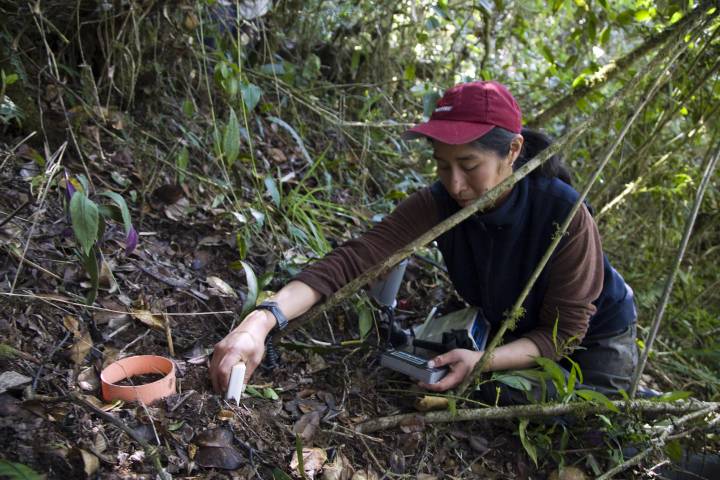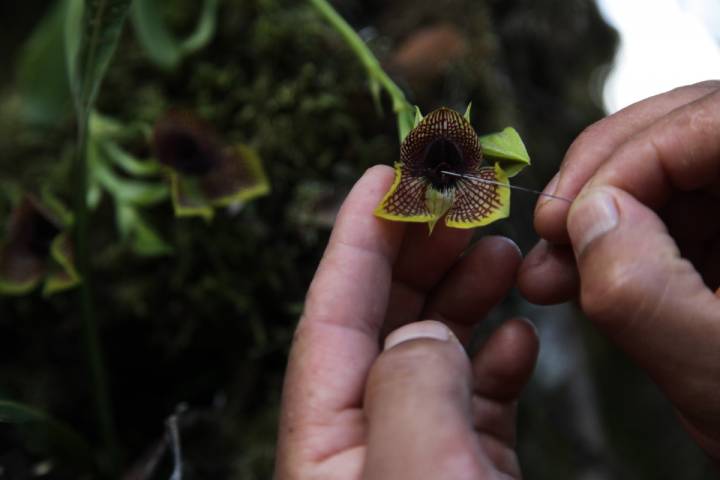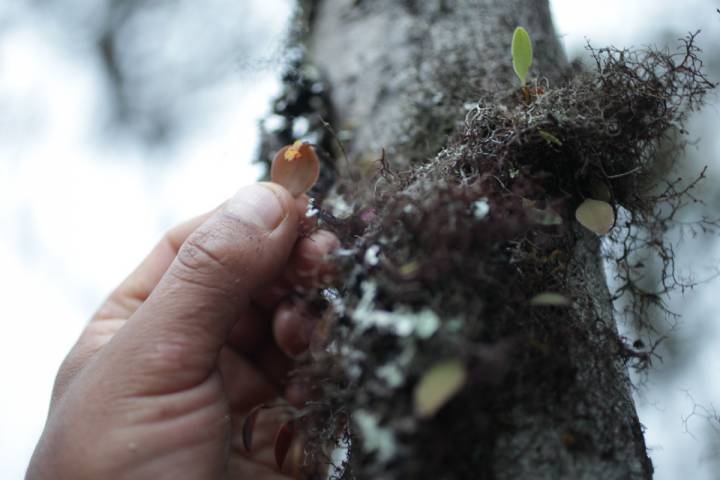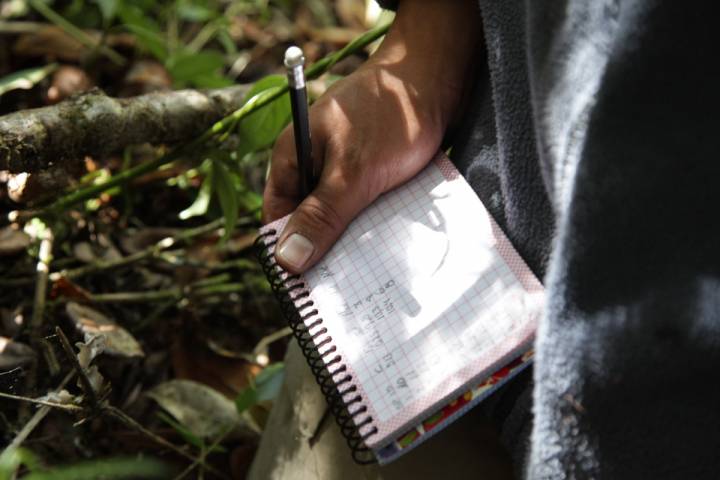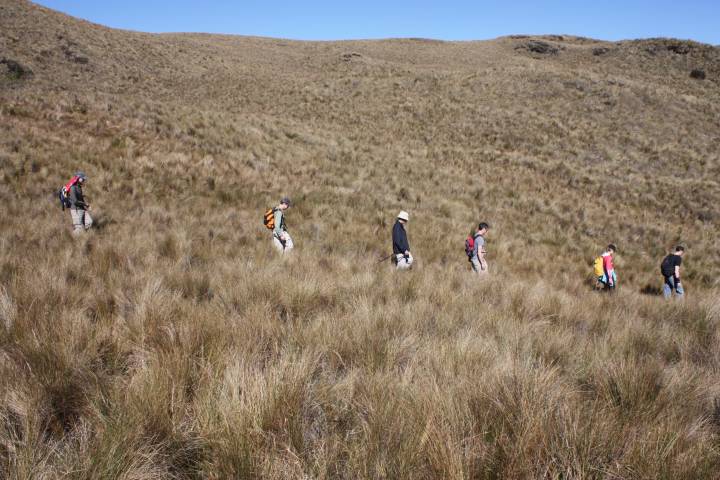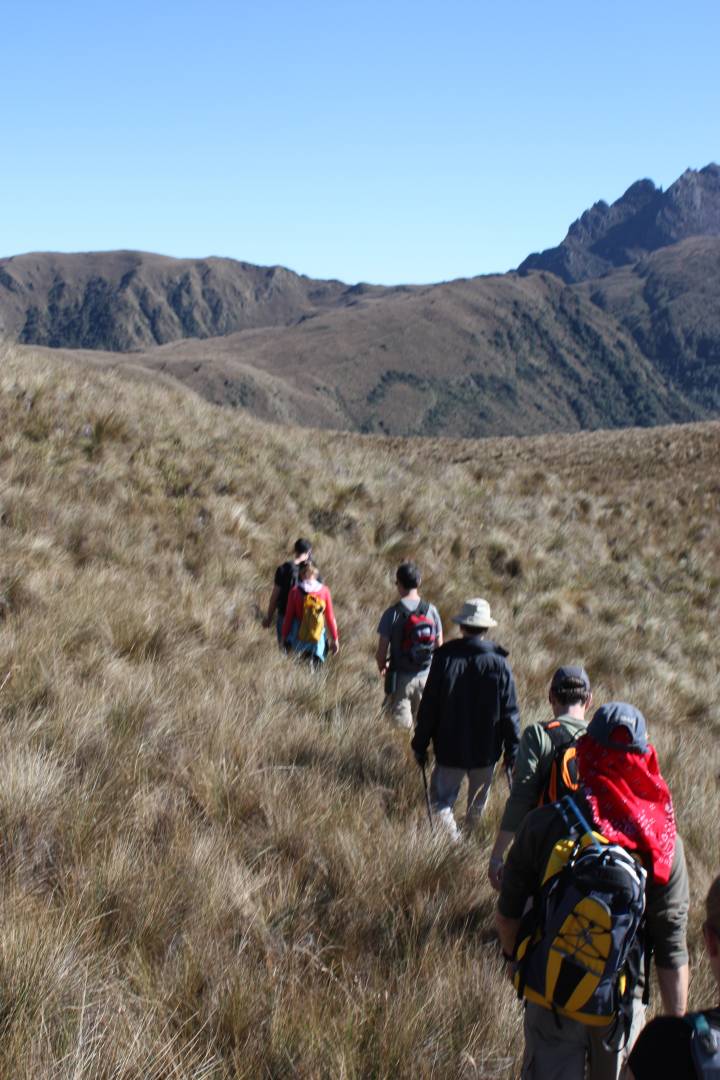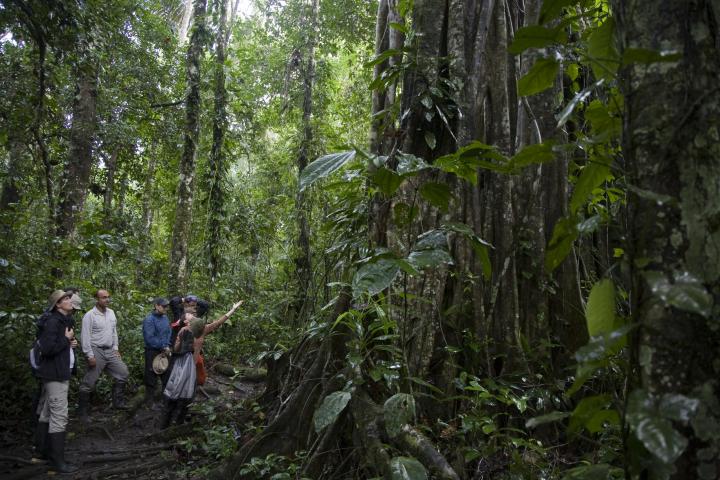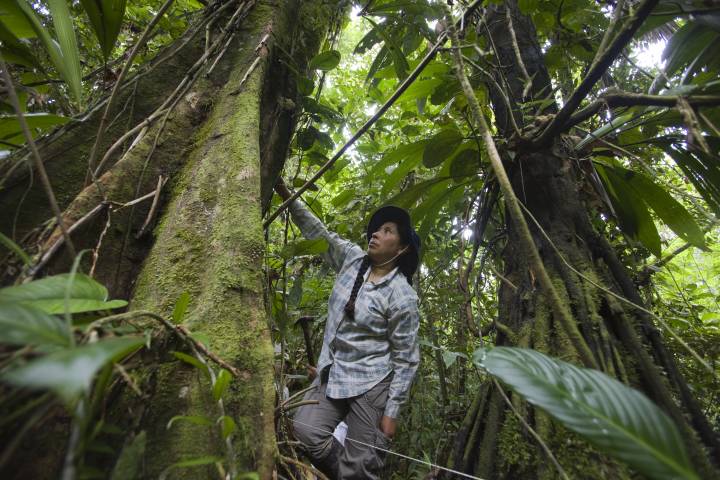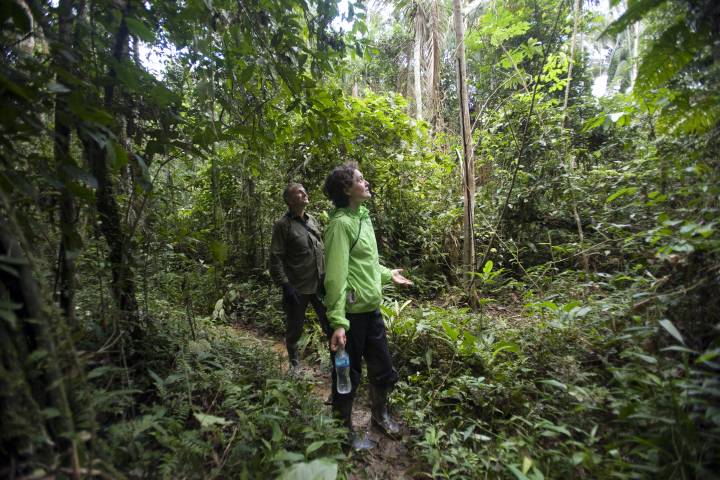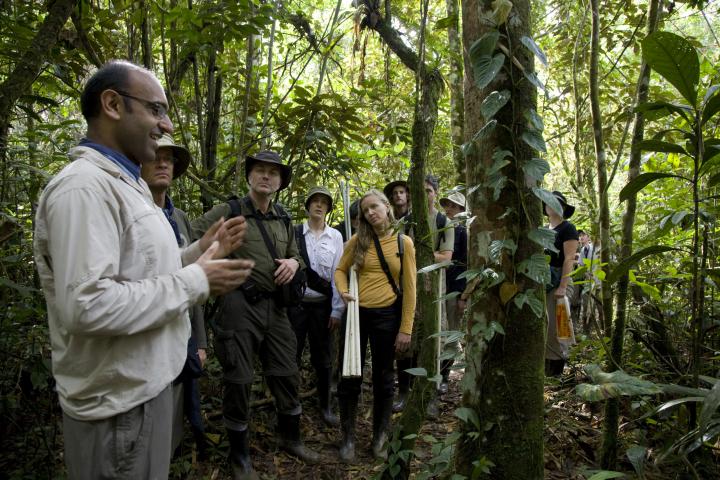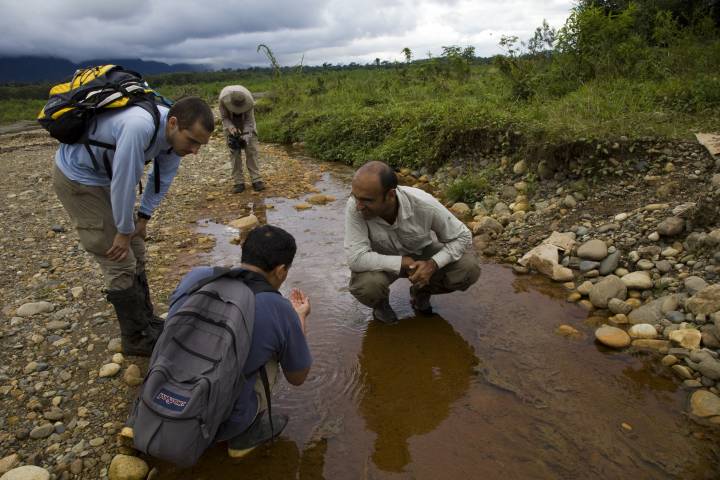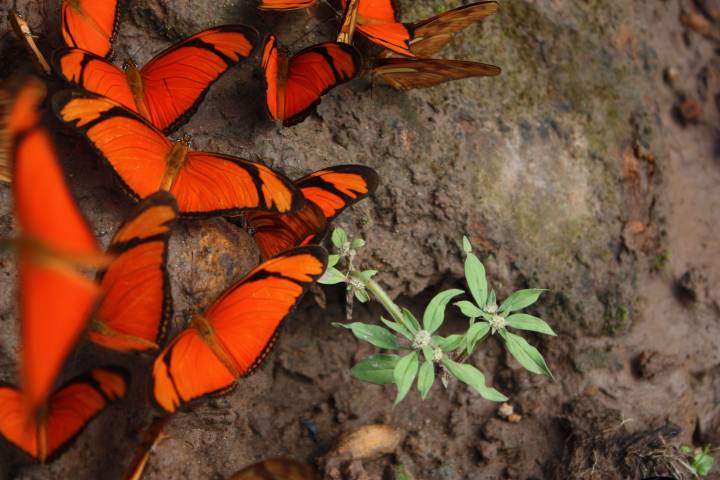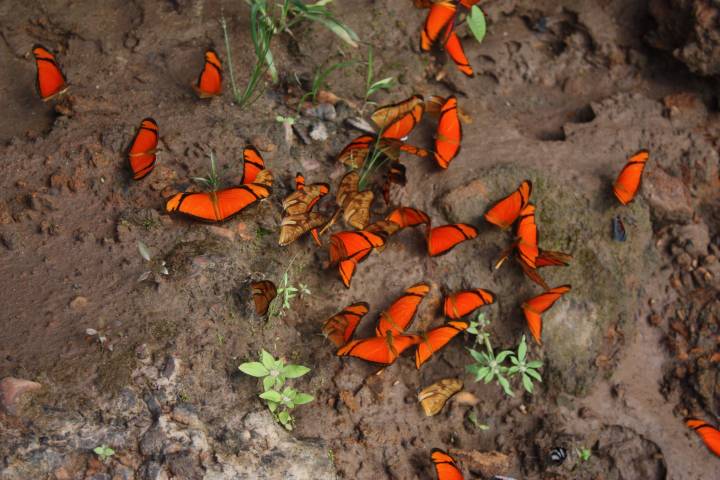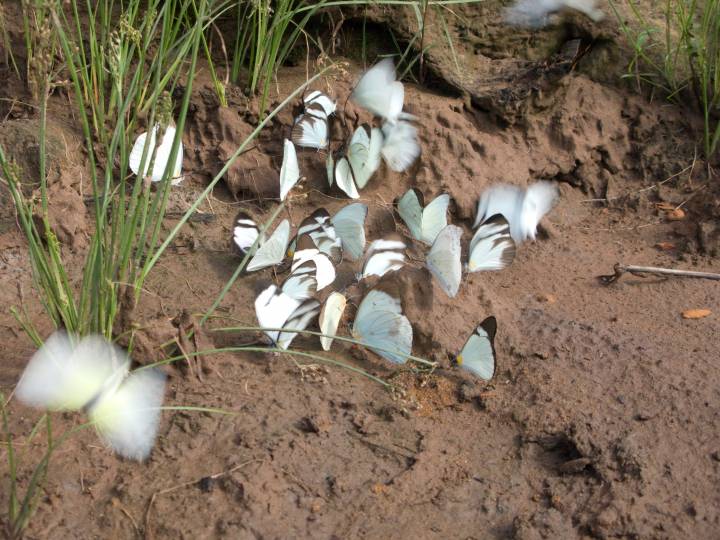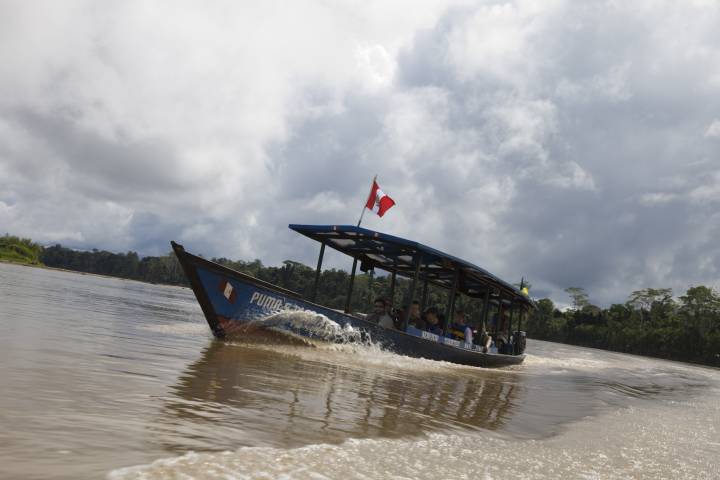2009 Andes Expedition Blog
Follow our 18 day journey through shrinking glaciers, cloud forests and the Amazon in film, images and tweets from the expedition.
Salcantay and Humantay Glaciers
Day 1–3: 23/06/2009–25/06/2009
The expedition launched from Cusco on the 23 June 2009, and the first three days saw us hike around the Salcantay and Humantay Glaciers, camping overnight at 4800m and at -10 degrees. We had blankets and tents to keep us warm and a spectacular view of the glaciers to wake us up.
The glaciers in Peru are severely threatened by climate change, watch Rhian Salmon and Charlie Kronick talk about the impact of this in the film above.
Cape Farewell,
Yann Martel, 2009
a wedding of art and science,
to heal the earth’s divorce
“Sat tracker just arrived, excellent news. Means we can locate ourselves when lost in the jungle next week…”
Hannah Bird, 19/06/2009, 3:12pm
“Yesterday we headed up to the Salcantay glacier in the high Andes to camp overnight at 4800m, prepared for a cold night of -10deg”
Marije de Haas, 26/06/2009, 1:58pm
“Learning about 2 glaciers, Salcantay and Humantay. Hiked nearby this morning but with time tight we couldn’t get too close. Glaciers are what water most of Peru. All glaciers below 5000m are in danger of disappearing by 2015 which would be a major problem.”
Hannah Bird, 26/06/2009, 2:20pm
“We’ve made it to Cuzco where they sell complimentary oxygen! Stunning ride in, mountains and glaciers either side”
Hannah Bird, 23/06/2009, 5:37pm
The Puna
Day 4–7: 26/06/2009–29/06/2009
After returning from the glaciers via Cusco we started our descent through the forests. Beginning in the Puna (which is both the top of the Andes and grasslands) at Tres Cruces and watching the sunrise over the rain forest below, whilst scientist Kathryn Clark completed a study of new landslides in the area.
“In Iquitos on my way to join the expedition. Looking at the Amazon River, already over 3 km wide but 3000 km from the sea.”
Yadvinder Malhi, 26/06/2009, 7:36pm
“Trekking Acjcanaco to Tres Cruces the puna-grasslands and top of the Andes”
Hannah Bird, 27/06/2009, 7:10pm
“Learning about the importance of puna in terms of carbon storage in the soil”
Marije de Haas, 29/06/2009, 11:13am
“Had a 4.30am start yesterday for landslide research: How is the quantity of landslides effected by changing vegetation”
Hannah Bird, 29/06/2009, 11:42am
The Cloud Forest
Day 8–11: 30/06/2009–03/07/2009
We arrived at Wayqecha field station, a science station in the Cloud Forests. Cloud Forests account for 0.1% of the world’s forests. They are a unique environment that we were privileged to work in and experience. At the field station the crew participated in some of the science research undertaken there including measurements of temperature, humidity and carbon levels in the soil in plots both in Wayquecha and other plots across the Andes so that direct comparisons about the way in which the soils and vegetation are behaving and responding can be monitored. We also collected Bromeliad samples and water samples from the river, helping the Environmental Change Institute gain a better understanding of the Carbon Dynamics of the systems we were interacting with.
“The expedition arrived at Wayquecha field station last night, an ACCA operated science station that ECI run a lot of research from.”
Kathryn Clark, 29/06/2009, 12:47pm
“Just saw posters drawn by children requesting an end to the burning of the planet. A global perspective from an isolated community.”
Daro Montag, 29/06/2009, 6:48pm
“Loving the southern stars. Loving the discussion. Not loving the rumbling belly.”
Rhian Salmon, 30/06/2009, 12:09pm
“Greenery so dense we walk through tunnels of it, roots falling like rain”
Yann Martel, 30/06/2009
“Measuring the soil breathe CO2 in Wayquecha. We have to move away as our emissions disrupt the readings. How true.”
Hannah Bird, 30/06/2009, 1:34pm
“Walter walks us through his antiquated yet fascinating measuring equipment. Oops I put my foot in a soil sample again”
Brenndan McGuire, 30/06/2009, 1:37pm
“Everything is carbon in motion. Even the butterfly is carbon in flight.”
Daro Montag, 03/07/2009, 11:04am
“In the cloudforest was – packed of trunk, slew of limb, bags of leaf”
Matt Wainwright, 03/07/2009, 1:46pm
The Trocha Union
Day 12–14: 04/07/2009–06/07/2009
The Trocha Union is an area of elfin forest and over a period of two days we descended approximately 2,000m through the woodlands. The landscape was incredible; camping on the edge of trees, of moss, of tree roots and a complete immersion into forest life. During the trek Kathryn Clark led the team in collecting leaf samples at each 100m descent for research being undertaken by the University of Durham and University of Oxford.
“Every surface is covered with vegetation. The small football pitch where we camped has a perpetual pitch invasion by bamboos”
Daro Montag, 03/07/2009, 11:15am
“Collecting leaf samples down the Trocha Union, monitoring plant changes”
Hannah Bird, 30/06/2009, 4:38pm
“Feeling like the bug in the rug – unable to see the pattern”
Marije de Haas, 03/07/2009, 10:12am
“I try to see this vast biodiversity in terms of carbon content”
Daro Montag, 03/07/2009, 11:09am
“I am exploding with the reality of biodiversity in 2-4 days.”
Anthony Santoro, 05/07/2009
For science stumbling
and slogging in the jungle,
nature mocking usIn a boat
down an amazon river –
like a blood cell in a vein?A jungle trail,
Yann Martel, 05/07/2009
We go along, burdened,
while cutter ants laugh
The Amazon Basin
Day 15–18: 07/07/2009–10/07/2009
After descending the Trocha Union we headed into the rainforests for 10 days, first traveling along the Madres de Dios river on the outskirts of Manu National Park visiting amongst other places Manu Learning Centre and Los Amigos Science Station before traveling along the river through Laberinto and Puerto Maldonado into the Tambopata Reserve. The area of rainforest the crew were fortunate enough to experience has one of the highest rates of biodiversity in the world, for example, there are more species of trees in 100m2 of some Amazonian forests than in the whole of Europe.
“Failure to express is, fortunately, not a failure to experience. The challenge is to make sense of all the fertility/decay.”
Charlie Kronick, 09/07/2009
“Our ideas are flowing as rapidly as the Amazon river and invading our thoughts as the jungle overtakes life.”
Lucy Orta, 03/07/2009, 1:46pm
“We arrive to Manu. Trees, water, animals in abundance, yet suddenly everything seems scarce.”
Hannah Bird, 06/07/2009, 10:58am
“Water sampling in the dark brown rivers is difficult. I am not even touching the water from upriver gold mines of Rio Colorado, it is loaded with mercury.”
Kathryn Clark, 06/07/2009
“I have discovered the relationship between monkey sightings and inner peace.”
Brenndan McGuire, 06/07/2009, 10:59am
“Bites so far: chiggers; mosquitoes; spiders; bees; ants; tiny flies; sand flies; wasps”
Adriane Colburn, 06/07/2009, 11:01am
“Canopy view across slender palms and misty jungle heat.”
Lucy Orta, 07/07/2009
“Everything is big. The trees, the leaves, the spiders and frogs, the bullet coup and blue bees, and most of all the number of bites on my body.”
Rhian Salmon, 07/07/2009
“Deluge jungle walk, another 6km carbon free to collect more data on rain forest potency.”
Lucy Orta, 09/07/2009
“Another rainy day. Wet, got very wet. Kind of like it after so many days. Understanding the meaning of wet in the Amazon Rainforest has become a chore.”
Ana Cecilia Gonzales Vigil, 09/07/2009
Reflections
Having just hiked for 3 weeks through the Peruvian Amazon, Yann Martel reflects on how this experience and the acquired knowledge manifests itself in his mind – and possibly future work.
“What have I learnt? It’s too early yet to say for sure, but I’ll venture this: We, all of us, must learn that fine balance between the prosperity of our own species and the well-being of the planet, we must, like hot and bustling Puerto Maldonado, manage our economic assets so that our affairs continue to be bustling without our environment becoming too hot…”
Yann Martel, 10/07/2009, CNN blog excerpt
During the expedition Yann Martel wrote a blog for CNN, direct from the Amazonian Basin.
Read the blog post on CNN
